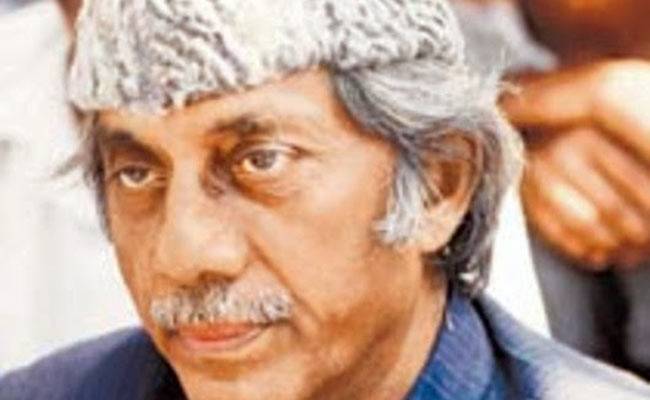Introduction:
India’s economic liberalization program, initiated in 1991, marked a significant turning point in the country’s economic trajectory. This comprehensive policy overhaul aimed to dismantle the rigid regulatory framework, promote market-oriented reforms, and integrate India into the global economy. Through a series of measures, India embarked on a journey of liberalization, privatization, and globalization (LPG), ushering in an era of unprecedented growth and transformation.
Key Components of Economic Liberalization:
- Abolition of License Raj:
- Prior to liberalization, India operated under a complex system of permits, licenses, and regulations known as the License Raj. This stifled entrepreneurship, inhibited competition, and hindered economic growth.
- The liberalization program dismantled many of these restrictive controls, significantly easing the process of starting and operating businesses. Industries were freed from the requirement of obtaining licenses for production in many sectors, promoting entrepreneurship and competition.
- Trade and Foreign Investment Reforms:
- India embarked on a path of trade liberalization, reducing tariffs and removing quantitative restrictions on imports. This opened up the economy to international competition and facilitated the inflow of foreign goods and technology.
- Foreign investment policies were liberalized to attract capital from abroad. Restrictions on foreign ownership in various sectors were relaxed, encouraging foreign direct investment (FDI) and fostering technological advancements and expertise transfer.
- Fiscal Reforms:
- Rationalization of taxes and fiscal policies aimed to create a more conducive environment for business and investment. Tax reforms included simplification of the tax structure, reduction in corporate tax rates, and introduction of a unified Goods and Services Tax (GST) system.
- Public sector disinvestment was undertaken to reduce the government’s role in non-strategic sectors. This involved the sale of equity in state-owned enterprises, encouraging efficiency, competition, and private sector participation.
- Financial Sector Liberalization:
- Reforms in the financial sector aimed to modernize and strengthen India’s banking and financial systems. This included measures to deregulate interest rates, liberalize capital markets, and introduce competition in the banking sector.
- The establishment of regulatory bodies such as the Securities and Exchange Board of India (SEBI) and the Reserve Bank of India’s (RBI) autonomy were pivotal in ensuring transparency, stability, and efficiency in the financial markets.
Impact of Economic Liberalization:
- Economic Growth:
- India’s liberalization efforts catalyzed rapid economic growth, transforming it into one of the world’s fastest-growing major economies. The average GDP growth rate surged from around 5% in the pre-liberalization era to over 7% in the post-liberalization period.
- The liberalization program spurred investment, innovation, and productivity, driving sustained economic expansion across various sectors of the economy.
- Global Integration:
- Economic liberalization facilitated India’s deeper integration into the global economy. Trade volumes increased significantly, with India becoming a prominent player in international trade and investment.
- Participation in global value chains and increased foreign direct investment boosted technology transfer, skill development, and export competitiveness.
- Poverty Reduction and Social Impact:
- While challenges of inequality and poverty persist, economic liberalization has contributed to poverty reduction and improvement in living standards for millions of Indians. Increased employment opportunities, rising incomes, and enhanced access to goods and services have helped alleviate poverty and uplift marginalized communities.
Conclusion:
India’s economic liberalization program of 1991 marked a paradigm shift in the country’s economic policies, unlocking its growth potential and positioning it as a dynamic player in the global economy. By embracing market-oriented reforms, liberalizing trade and investment, and fostering innovation and competition, India has achieved remarkable progress in economic development and positioned itself as a key driver of global growth in the 21st century. However, the journey towards inclusive and sustainable growth continues, requiring ongoing reforms, investments in infrastructure, education, and healthcare, and efforts to address persistent challenges of inequality and poverty.
https://en.wikipedia.org/wiki/Economic_liberalisation_in_India






